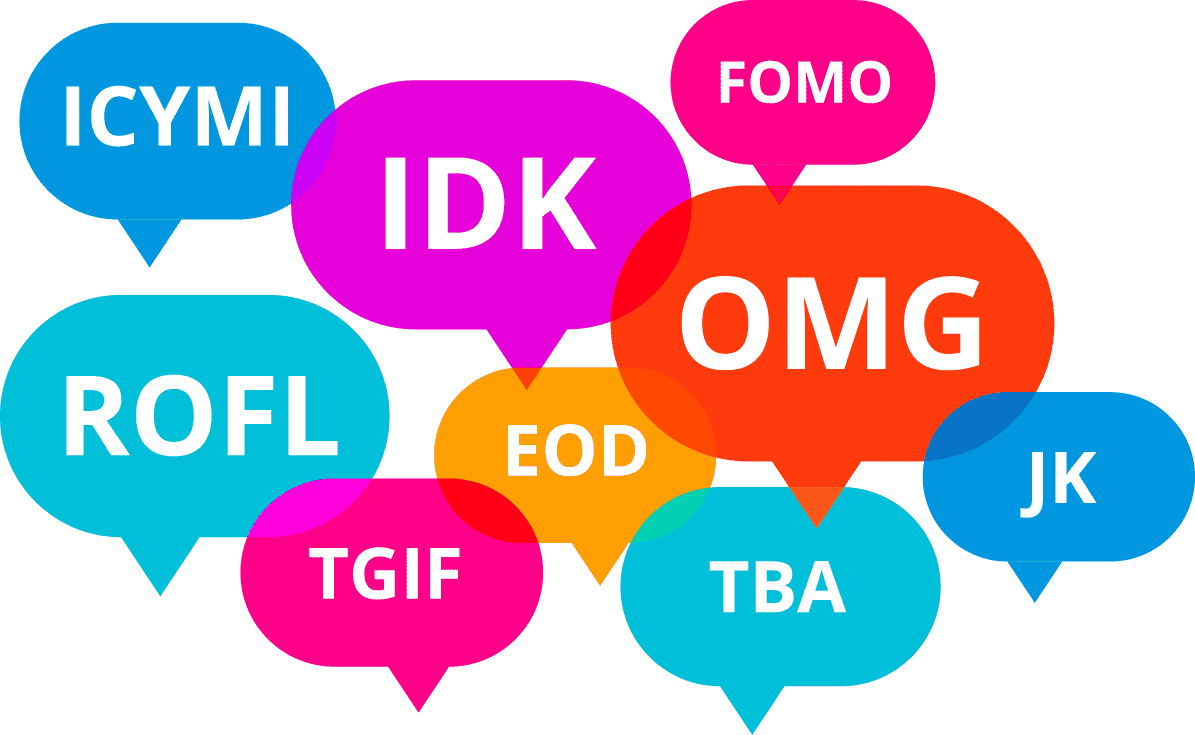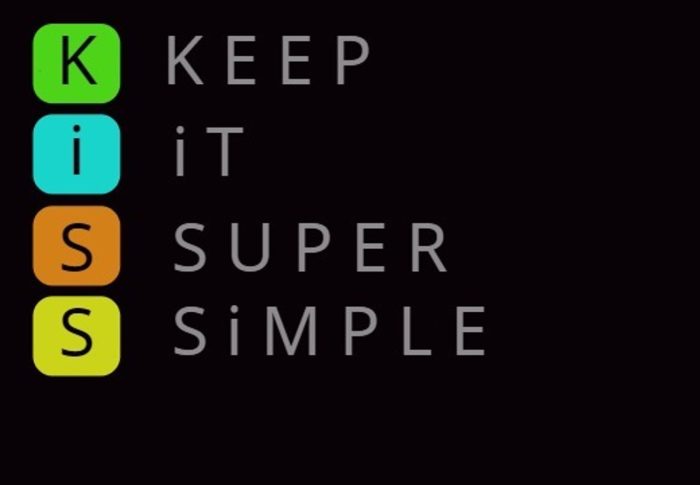
27 Common English Abbreviations : A Beginner’s Guide
In our fast-paced world, we often look for ways to communicate quickly and efficiently. That’s where abbreviations come into play! An abbreviation is a shortened form of a word or phrase, making it easier to convey messages without the need for long explanations.
You may have heard terms like mnemonics, acronyms, and initialisms—they’re all connected to abbreviations but have their own unique twists. Mnemonics are memory aids, often using a catchy phrase or rhyme to help you remember information, like “Every Good Boy Does Fine” for the notes on a musical scale.
Acronyms are a specific type of abbreviation created from the first letters of a phrase, pronounced as a single word—think NASA (National Aeronautics and Space Administration) or RADAR (Radio Detection and Ranging).
On the other hand, initialisms are also formed from the first letters of a phrase but are pronounced letter by letter, such as FBI (Federal Bureau of Investigation) or ATM (Automated Teller Machine).
While all these terms help us simplify language and remember important information, they each serve different purposes in communication. Take some time to read this list of common abbreviations that you’ll likely encounter, making your conversations more lively and efficient!
1. RSVP – Répondez s’il vous plaît (Please respond)
When to use it: You’ll see this on invitations, like for weddings or parties.
Example: If you get a wedding invite that says “RSVP,” it means the couple wants to know if you can come. So, make sure to reply!
2. ASAP – As soon as possible
When to use it: This is used when something is urgent or needs to be done quickly.
Example: If your boss says, “Please send the report ASAP,” it means they need it quickly!
3. AM/PM – Before midday/After midday
When to use it: Use AM for morning times (like 8 AM) and PM for afternoon/evening times (like 5 PM).
Example: If you say you have a meeting at 10 AM, it’s in the morning. If it’s at 10 PM, it’s at night.
4. LMK – Let me know
When to use it: This is a casual way to ask someone to inform you about something.
Example: “Let me know if you want to grab lunch.” It shows you’re open to plans!
5. BRB – Be right back
When to use it: Use this when you need to step away from a conversation for a moment.
Example: If you’re chatting online and need to take a quick break, you can type “BRB” to let your friend know you’ll return soon.
6. DOB – Date of birth
When to use it: This is often asked on forms or when people want to celebrate your birthday.
Example: When filling out a form, you might see “DOB.” Just write the date you were born!
7. CC/BCC – Carbon copy/Blind carbon copy
When to use it: In emails, you use CC to send a copy to someone else. BCC hides their email addresses.
Example: If you’re emailing a group but want to keep some addresses private, use BCC.
8. ETA – Estimated time of arrival
When to use it: Use this when you’re trying to figure out when someone will arrive.
Example: If your friend is driving to your place, you can ask, “What’s your ETA?” It helps you know when to expect them!
9. TBA – To be announced
When to use it: This is used when details are not finalized yet.
Example: If a concert says the location is TBA, it means they haven’t decided where it will be yet.
10. TGIF – Thank God it’s Friday
When to use it: Say this at the end of the week when you’re happy the weekend is here!
Example: You might hear coworkers saying, “TGIF!” as they get ready to leave work.
11. FOMO – Fear of missing out
When to use it: Use this when you’re worried about missing a fun event.
Example: If friends are going to a party and you’re not sure whether to go, you might feel FOMO.
12. FYI – For your information
When to use it: This is often used to share useful information.
Example: “FYI, the meeting is at 2 PM.” It’s a way to let someone know something important.
13. IMO/IMHO – In my opinion/In my humble opinion
When to use it: Use this when you want to share your thoughts.
Example: “IMO, that movie was great!” It shows you’re expressing your personal view.
14. N/A – Not available/Not applicable
When to use it: Use this on forms when a question doesn’t apply to you.
Example: If there’s a question about a middle name and you don’t have one, you can write “N/A.”
15. AKA – Also known as
When to use it: This is used to give another name or nickname.
Example: “My dog’s name is Max, AKA ‘The Crazy Pup.’” It’s a fun way to describe someone or something!
16. DIY – Do it yourself
When to use it: Use this when talking about doing home projects without help.
Example: If you fix something around the house, you can say, “I did it DIY style!”
17. LOL – Laugh out loud
When to use it: This is used when something is funny.
Example: “That joke was so funny, LOL!” It shows you’re laughing.
18. IDK – I don’t know
When to use it: Use this when you’re unsure about something.
Example: “What time does the movie start?” “IDK!”
19. BTW – By the way
When to use it: Use this to add extra information in a conversation.
Example: “I saw your friend at the mall, BTW.” It’s a way to mention something casually.
20. OMG – Oh my God
When to use it: Use this to express surprise or excitement.
Example: “OMG, I can’t believe you won the lottery!” It shows strong feelings.
21. ICYMI – In case you missed it
When to use it: Use this when sharing news or information someone might not know.
Example: “ICYMI, the game is on tomorrow!” It’s helpful for keeping friends updated.
22. BFF – Best friend forever
When to use it: Use this to refer to a very close friend.
Example: “This is my BFF, we do everything together!” It shows a special bond.
23. TBD – To be decided
When to use it: Use this when details are not yet determined.
Example: “The next meeting time is TBD.” It shows something will be figured out later.
24. TL;DR – Too long; didn’t read
When to use it: Use this when you summarize something lengthy.
Example: “TL;DR: The meeting is at 2 PM.” It helps people understand the main point quickly.
25. NSFW – Not safe for work
When to use it: Use this to warn about content that might be inappropriate at work.
Example: “This video is NSFW, so don’t watch it at the office.” It’s a way to keep things professional.
26. FAQ – Frequently asked questions
When to use it: This is used for a list of common questions and answers.
Example: “Check the FAQ section for more info.” It helps people find answers easily.
27. SMH – Shaking my head
When to use it: Use this to express disappointment or disbelief.
Example: “He forgot my birthday… SMH.” It shows you’re frustrated.





-
-
8 months
Tagged esl, grammar, learning